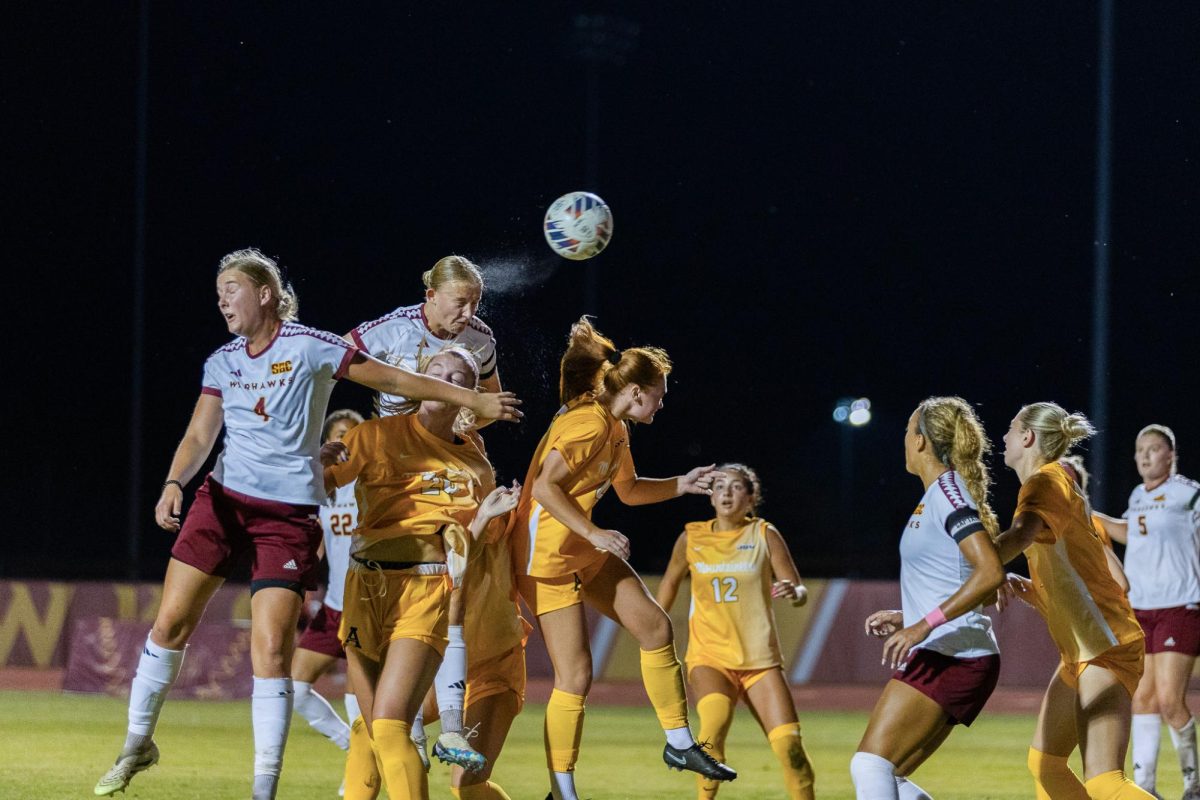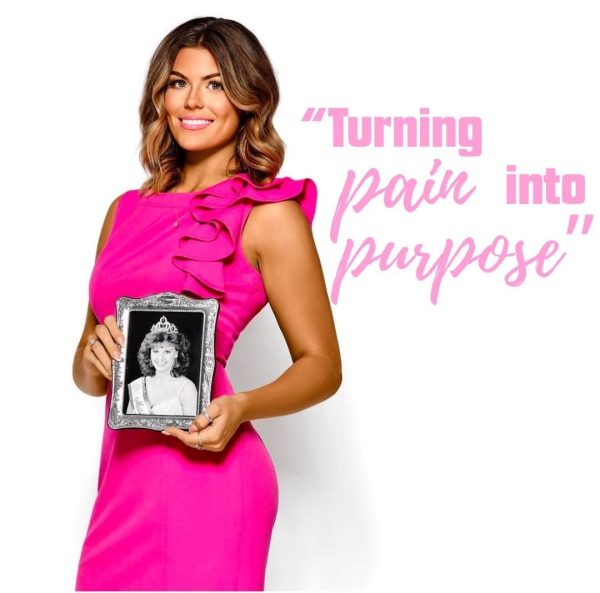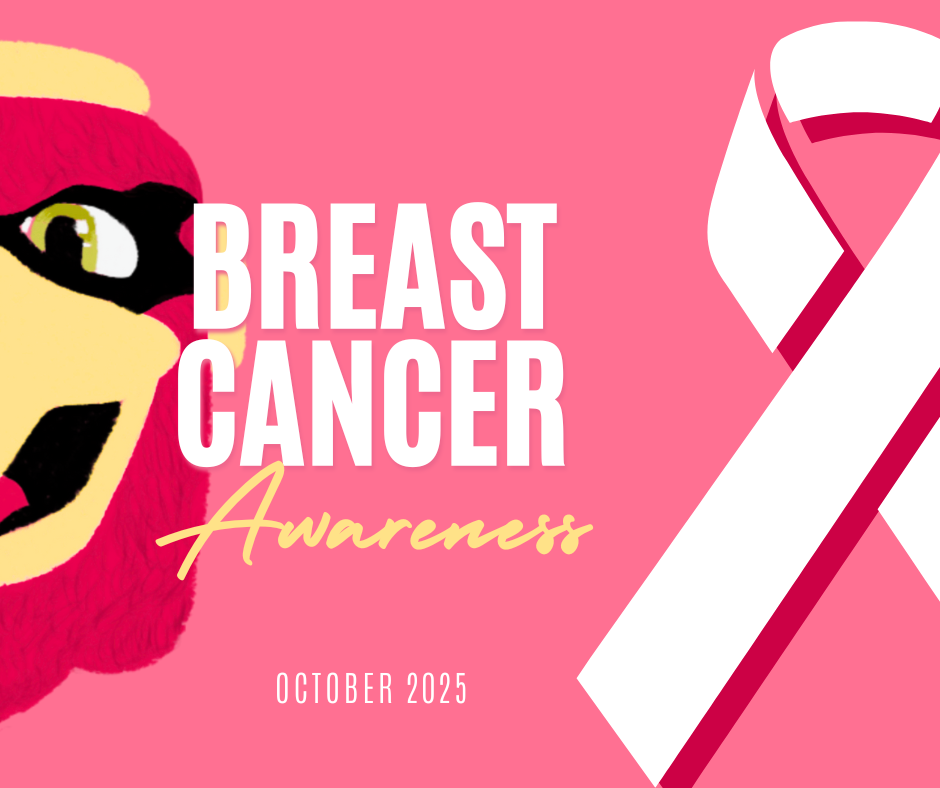The Brown Stadium parking lot turned into a large industrial dumpster Saturday as volunteers showed up in their neon vests and hard hats for the annual Spring Household Hazardous Waste Collection.
The collection was organized by Ouachita Green, a group of local organizations and volunteers dedicated to keeping the Ouachita area beautiful and protecting the environment.
ULM alumna of toxicology Kelby Neal serves as the president of Ouachita Green. According to Neal, most households produce more hazardous waste a year than you would think.
“It’s around 125 pounds per household, excluding the electronic waste,” Neal said.
Electronic and scrap metals are some of the most popular disposal items at the event each year. Along with these, the event also had disposal sites for paints, medicines, tires and oils.
The event brought out 30 volunteers from both ULM and the community on Saturday morning. The ULM Tox Club was one of the group volunteers.
Most students are unaware that paint is toxic waste. Robert Waguespack, a senior toxicology major and volunteer, said it is and it shouldn’t be disposed of regularly.
“One of the biggest problems is the paint cans can start leaking out and get into your ground water and people can end up drinking toxic chemicals that actually get through the purification processes,” Waguespack said.
He added that there have also been cases where the paint can get into Bayou DeSiard where it can be toxic to fish.
According to Adrienne Richardson, a junior marketing major and student volunteer, events like this are essential to keeping everyone safe.
“It’s better to do something like this rather than bring your paint to the dumpsters as that could be very hazardous,” Richardson said.
Johnathan Williams, a toxicology senior and student volunteer, reported that the number of disposal has increased since last year, which is due to an increased number of participants.
According to Neal, the event is a good team building activity for students and also good exposure for the toxicology students who get to learn about the proper packaging and disposal of toxic waste.
Shannon Banks, a toxicology instructor, said that the waste collected at the event is likely just a small portion of what is regularly thrown away improperly.
“People bring this stuff today but I’m sure that there are people throwing this stuff away everyday that we don’t account for. It wouldn’t take much to overload the landfill or harm the environment,” Banks said.











